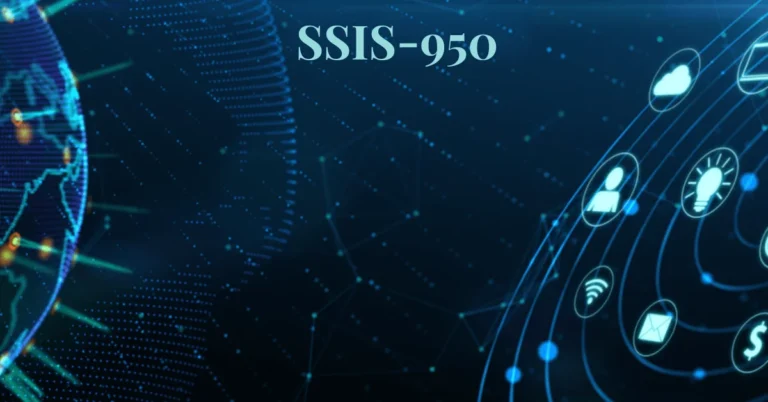Mastering Communication Across Cultures for Language Learners and Business Professionals
In today’s globalized world, effective cross-cultural communication is crucial. This blog post discusses the importance of overcoming language barriers, highlights common challenges, and offers practical strategies to improve communication skills, helping you succeed in diverse environments.
The Growing Importance of Effective Communication in a Globalized World
The world is shrinking, and globalization is reshaping how we interact. Businesses are expanding beyond borders, and individuals are forming connections across continents. The need for effective communication has never been more pronounced. Misunderstandings can lead to lost opportunities, strained relationships, and even financial losses.
For language learners, the drive to master a new language often stems from personal aspirations or professional needs. Whether it’s for travel, work, or social interactions, overcoming language barriers is essential for success. For international business professionals, effective communication is crucial for building relationships, making deals, and ensuring that all parties involved understand each other clearly..
Understanding Language Barriers: Types and Impact
Language barriers can take many forms, and understanding these types can help you address them more effectively. Here are the main categories:
1. Linguistic Differences
Linguistic differences include variations in vocabulary, grammar, pronunciation, and idiomatic expressions. Even fluent speakers can struggle to understand one another due to dialects or regional accents. For instance, a native English speaker from the United States might have difficulty understanding slang used by someone from the UK.
These differences can lead to confusion and misinterpretation. When communicating across languages, it’s vital to use clear and straightforward language. Avoid jargon, idioms, or overly complex sentences that could confuse the listener.
2. Cultural Nuances
Language is often intertwined with culture, and cultural nuances can significantly impact communication. What is considered polite or appropriate in one culture may be perceived differently in another. For example, direct communication is valued in some cultures, while others may prefer a more indirect approach.
Understanding these cultural differences is crucial for effective communication. It’s essential to research and be aware of the customs and expectations of the culture you’re interacting with, ensuring you communicate respectfully and appropriately.
3. Emotional and Psychological Factors
Language barriers can also stem from emotional factors, such as anxiety or lack of confidence. Language learners may feel self-conscious about their speaking abilities, leading to hesitation or avoidance of conversation altogether.
Recognizing the emotional side of communication can help you develop empathy for those who may struggle with language barriers. Encouraging a supportive environment can foster open dialogue and greater understanding.
Strategies for Overcoming Language Barriers
Learning a New Language
One of the most effective ways to break down language barriers is through language learning. While it may require time and effort, the rewards are profound. Learning a new language not only improves your ability to communicate but also enhances your cultural understanding.
- Set Realistic Goals: Focus on specific, achievable objectives. For example, aim to learn five new words each week or practice conversational skills for 15 minutes daily.
- Practice Regularly: Consistency is key. Engage in activities that promote language use, such as speaking with native speakers, participating in language exchange programs, or using language-learning apps.
- Immerse Yourself: Surround yourself with the language as much as possible. Watch movies, listen to music, and read books or articles in the target language. Immersion accelerates learning and helps you pick up nuances.
Utilizing Technology for Translation
In our digital age, technology plays a significant role in overcoming language barriers. Numerous tools and applications can assist with translation and communication.
- Translation Apps: Apps like Google Translate and Microsoft Translator allow users to translate text and speech in real-time. They’re incredibly useful for navigating conversations with speakers of different languages. For those seeking a broader range of features or unique functionalities, exploring alternatives to Google Translate can also provide excellent translation solutions tailored to specific needs.
- Language Learning Platforms: Online platforms offer structured learning experiences tailored to your goals and skill level. They often include interactive features that promote engagement.
- Voice Recognition Tools: Tools like Siri and Alexa can help with pronunciation and comprehension, providing instant feedback.
Cultural Intelligence and Sensitivity
Developing cultural intelligence involves understanding and appreciating the cultural differences that influence communication. Here are ways to improve your cultural sensitivity:
- Educate Yourself: Read books, and articles, and watch documentaries about different cultures. Understanding historical contexts and societal norms can deepen your appreciation of cultural nuances.
- Ask Questions: Engage in conversations with individuals from diverse backgrounds. Ask about their customs, beliefs, and experiences to gain insight and foster mutual respect.
- Be Open-Minded: Approach interactions with curiosity and an open heart. Recognize that diversity enriches conversations and broadens perspectives.
Improving Non-Verbal Communication
Non-verbal communication plays a vital role in conveying messages and emotions. Body language, gestures, and facial expressions can either reinforce or contradict spoken words. Here are ways to enhance your non-verbal communication skills:
- Maintain Eye Contact: Eye contact signals confidence and engagement. However, be mindful of cultural differences regarding eye contact, as some cultures may interpret it differently.
- Use Gestures Wisely: Gestures can enhance understanding, but ensure they’re culturally appropriate. Familiarize yourself with common gestures in the culture you’re communicating with to avoid misunderstandings.
- Observe Emotional Cues: Pay attention to others’ non-verbal signals. Understanding emotional cues can help you gauge reactions and adjust your approach accordingly.
Tools and Resources for Language Learners and Business Professionals
To aid your language learning and communication efforts, consider utilizing these tools and resources:
1. Online Language Learning Platforms
Websites and apps like offer immersive language experiences. They provide opportunities for speaking practice, cultural exchanges, and personalized lessons tailored to individual needs.
2. Translation Tools
In addition to popular translation apps, tools like Grammarly and Hemingway help refine your writing in both your native and target languages, ensuring clarity and correctness.
3. Community Resources
Local libraries, cultural centers, and universities often offer language classes and conversation clubs. Professional English language courses like those available in Utah are another great option. Joining these groups allows you to connect with others who share your interests and provides valuable practice opportunities.
Conclusion
Overcoming language barriers is essential for language learners and international business professionals alike. By understanding the types of barriers, employing effective strategies, and leveraging modern tools, you can significantly enhance your communication skills.
Keep an eye for more news & updates on Verified Zine!





